How Masters Home Improvement stores failed to resonate with Aussies, while Bunnings was loved
It was meant to be Woolies’ answer to Bunnings, but within just a few years of the first bright blue store opening in Braybrook, Masters died. Why did one hardware chain thrive while the other failed?
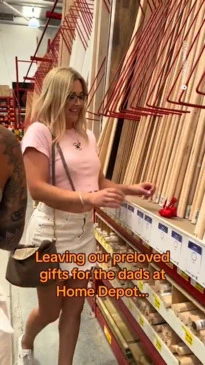
Victoria
Don't miss out on the headlines from Victoria. Followed categories will be added to My News.
It was to be Woolies answer to the hardware behemoth Bunnings, but in less than five years from the first bright blue store opening in Victoria’s Braybrook, Masters Home Improvement haemorrhaged and died.
Unpopular with tradies, who disliked the slick look, shiny floors and bright lights — and also failing to cut it with women and the homeowner DIY market Woolworths had hoped to lure — Masters was a disaster.
First mooted in 2009, the signature Masters buildings started popping up from 2011, with the Woolworths’ annual report of that year predicting up to 20 new stores a year would be rolled out, and start-up costs of up to $100m were anticipated.
That was small change for Woolworths and its US home improvement chain partner Lowe’s, however, to make a dent in the then $40bn timber, hardware and home improvement market, dominated by Wesfarmers-owned Bunnings, and snare a share of its ballooning profits.


Such was the confidence level in Masters, it was spruiked to be taking on not only Bunnings in the DIY sector, but also Mitre 10 with its timber and Harvey Norman, The Good Guys, Reece, Tradelink and Ikea with the range of homewares, appliances and trade and plumbing supplies it planned to stock.
But instead, by 2012-13, the Masters chain was haemorrhaging money.
By August 2014 the Herald Sun reported Masters had “bled $169 million over the financial year — 22 per cent more than the previous year”, and $12 million more than forecast the year before
In 2015, the bleeding got worse still, with losses blowing out to $227.4m, and Woolworths and Lowe’s were forced to pump $3.2 billion into the struggling chain.
In the face of unsustainable losses, in August 2016 it was revealed all Masters stores would close their doors in December of that year, in a $1.5bn three-part deal, with some of the large warehouse stores to be converted into shopping centres by their new owners.
All Masters stores were closed and sold off by December 11, 2016.
Sites went to Home Consortium, with Spotlight, Anaconda, Chemist Warehouse, JB Hi-Fi, The Good Guys, Super Amart, Bunnings Warehouse and supermarkets taking over what had been, or were planned to be, Masters stores.
Woolworths also sold its Home Timber & Hardware to Metcash — owner of the Mitre 10 chain — for $165m.


But what made Masters stores such a failure, while Bunnings grew?
According to Mornington Peninsula researcher and Random History Australia blogger, Gareth Martland, who has written at length on the subject, the sleek, clean, overly-lit Masters aesthetic just wasn’t a good fit with Aussie DIYers.
Green Bunnings, with its rough-around-the-edges look, concrete floors and vaguely dusty feel, however, was not just a comfortable and accessible space for tradies in workboots and with utes, but increasingly also for mum, dads, kids and even dogs, he said.
Famous for its white bread snags with sauce outside — and stocking pretty much everything a tradie, gardener, DIY renovator and now even pet owner could want inside — Bunnings played to Australia’s sense of self, while Masters tried to be too smart by half.
Tradies told the Herald Sun Masters didn’t cater for them as well as Bunnings, failing to stock some of the key brands they trusted and sought, and a hardware store without core tradie clientele was going nowhere fast.
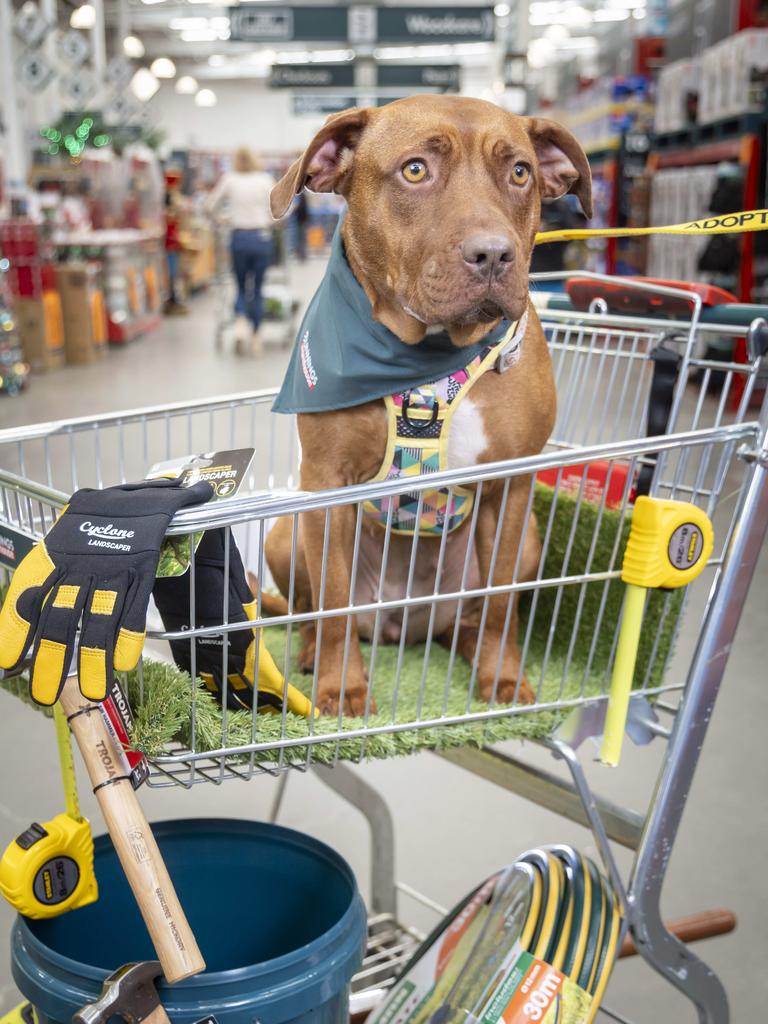
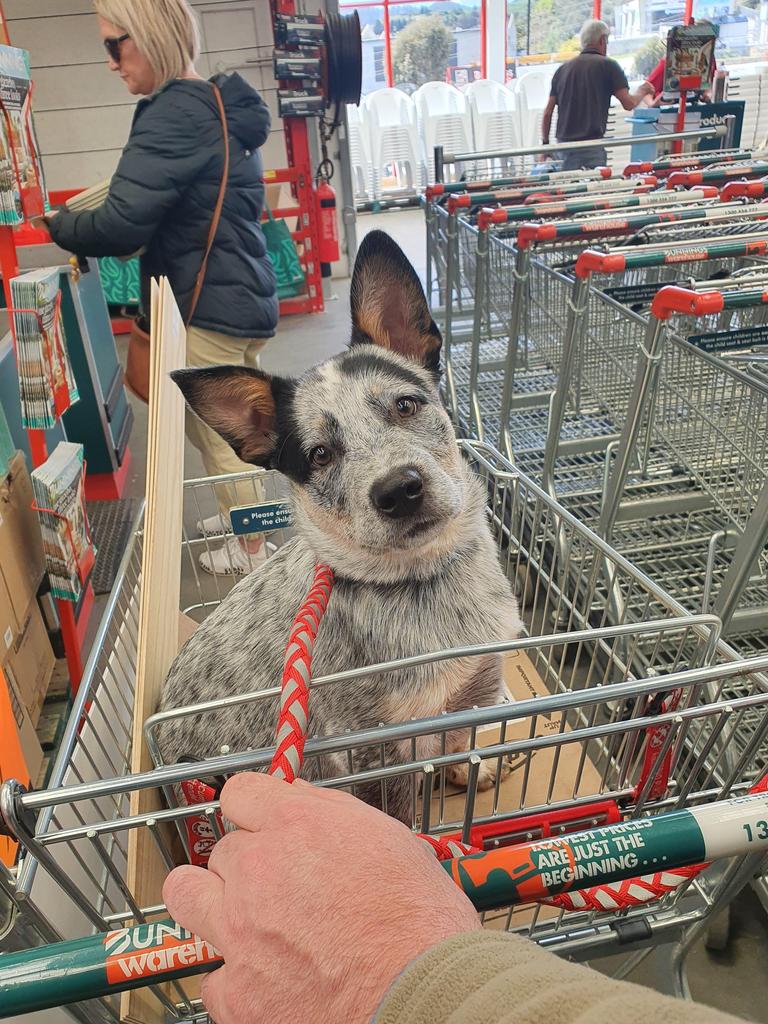
“They used those really big circular, white halogen lights, so everything had this really sharp, bright look. It was like a cross between a JB Hi Fi now and a Bunnings and it felt like there was way too much behind-the-scenes type modelling going on to try and make it work, but it just didn’t,” Mr Martland said.
Things also just looked like they’d be cheaper at Bunnings, he said.
It was hearing that Masters had reportedly made their employees park in reverse in the carparks — so that they could “nose out later” — that had initially sparked his interest in the demise of the chain, he said.
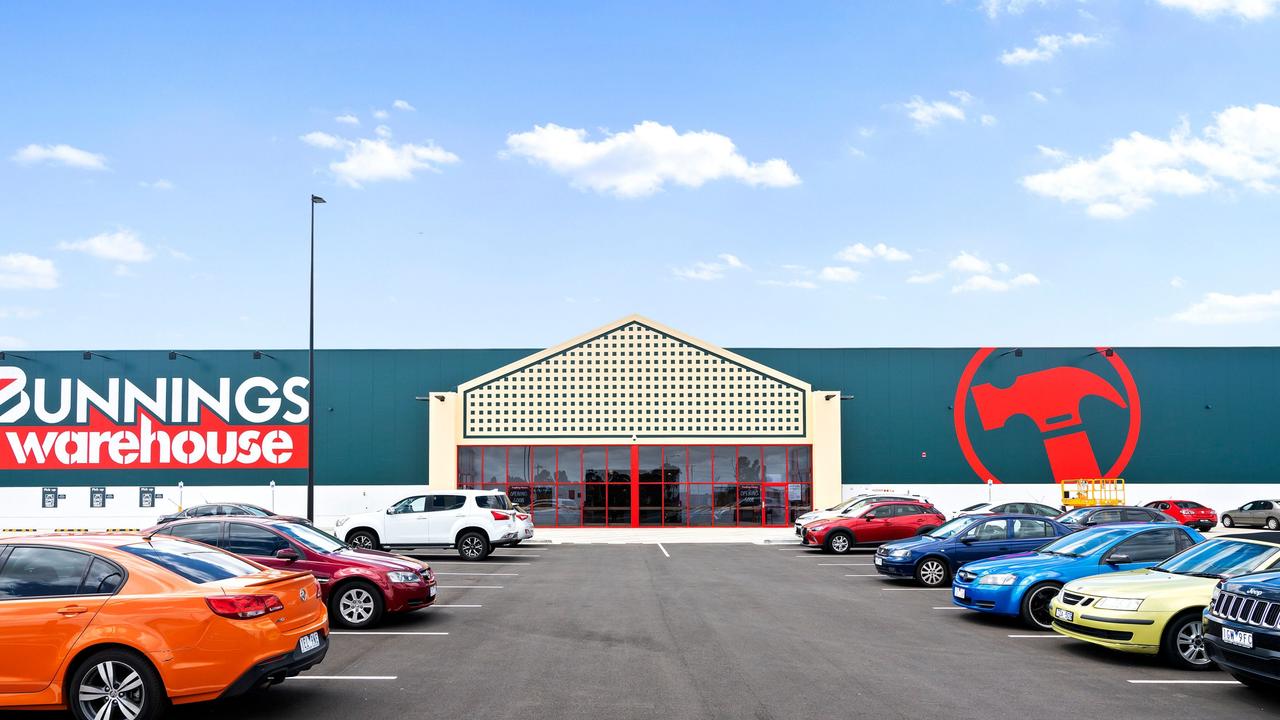
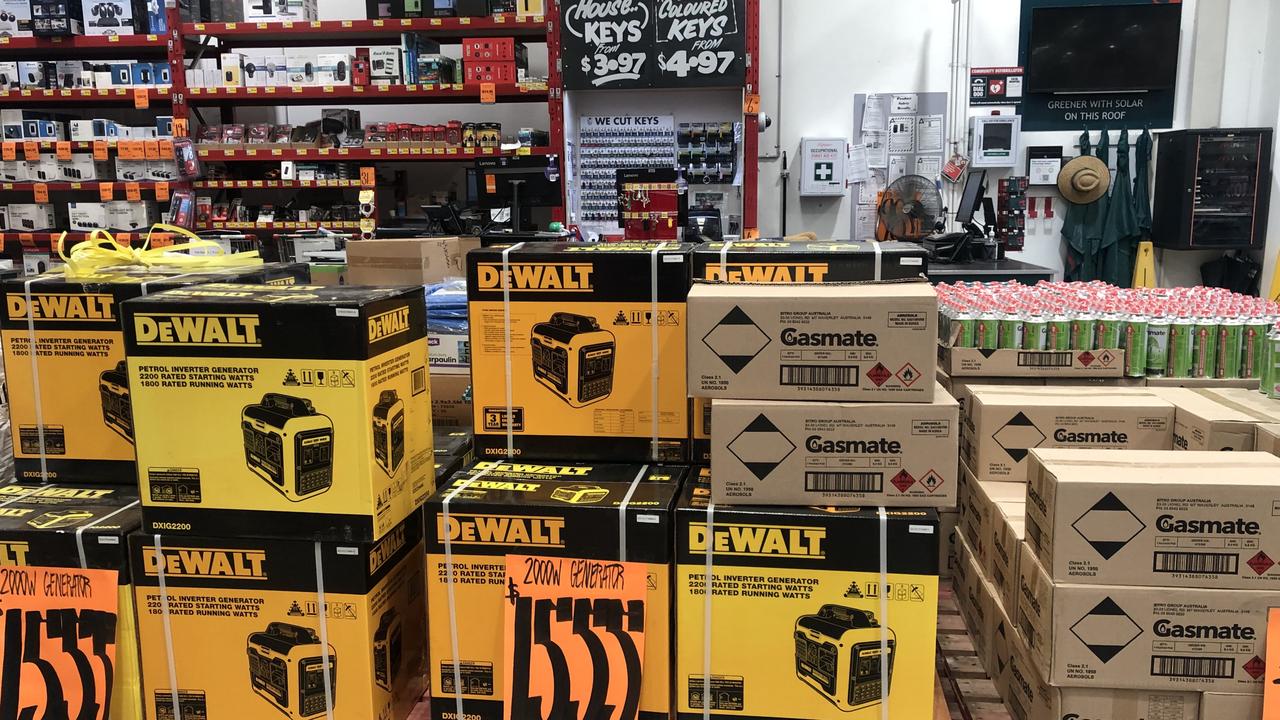
“That sort of weird corporate culture fascinated me,” Mr Martland said.
“I live down on the Mornington Peninsula and we had a Masters there that I visited a few times, and it was just the difference between Masters and Bunnings that interested me.
“Whenever I went to Masters, it just didn’t feel like a hardware shop. It felt like they were chasing something else, and I don’t think the ‘something else’ they were after is actually here in Australia … I think Masters probably would have worked better in the UK, and that’s of course where Bunnings failed. Masters would have been a much better fit in Britain than here.”
While many former Masters stores had become mini shopping complexes and home to other stores, including Bunnings, some had simply been bulldozed, Mr Martland said.
Others remained in situ, empty, “like ghost stores”.
More Coverage
Originally published as How Masters Home Improvement stores failed to resonate with Aussies, while Bunnings was loved








